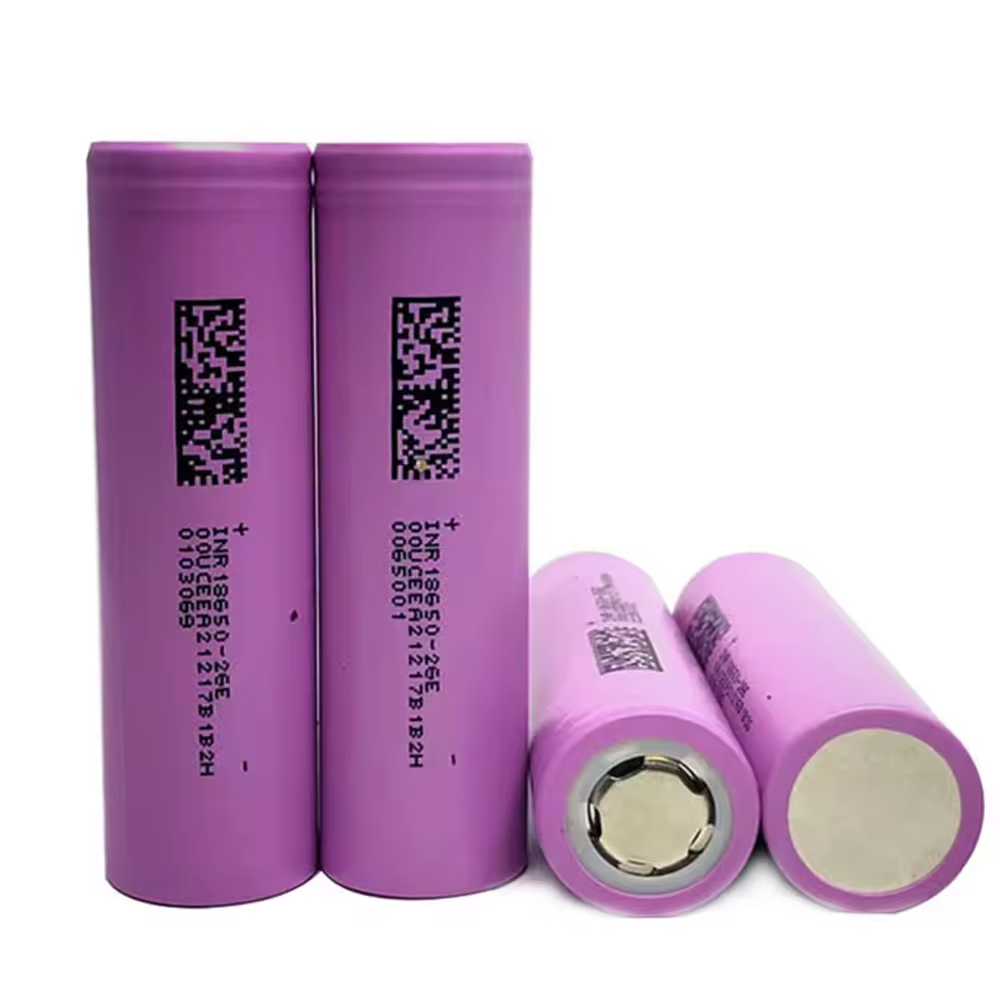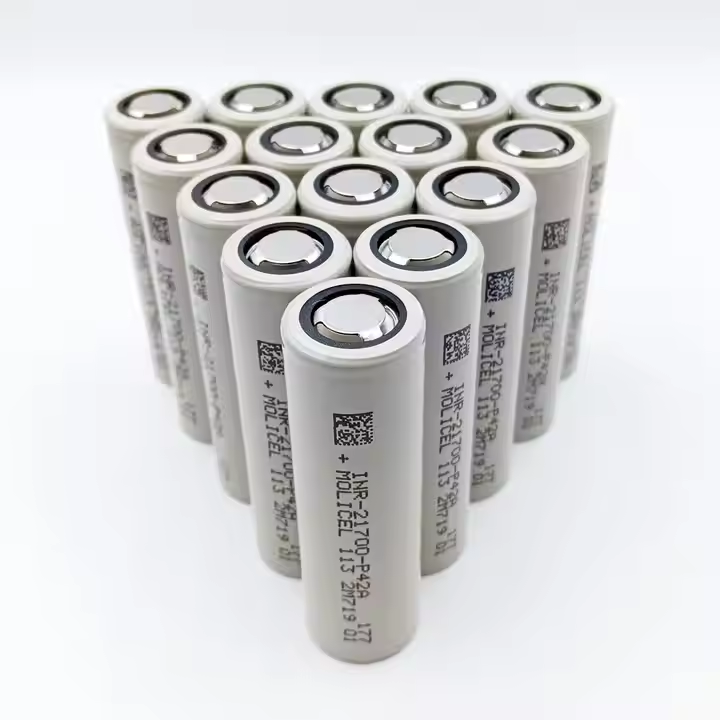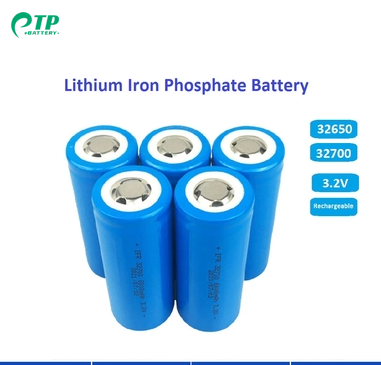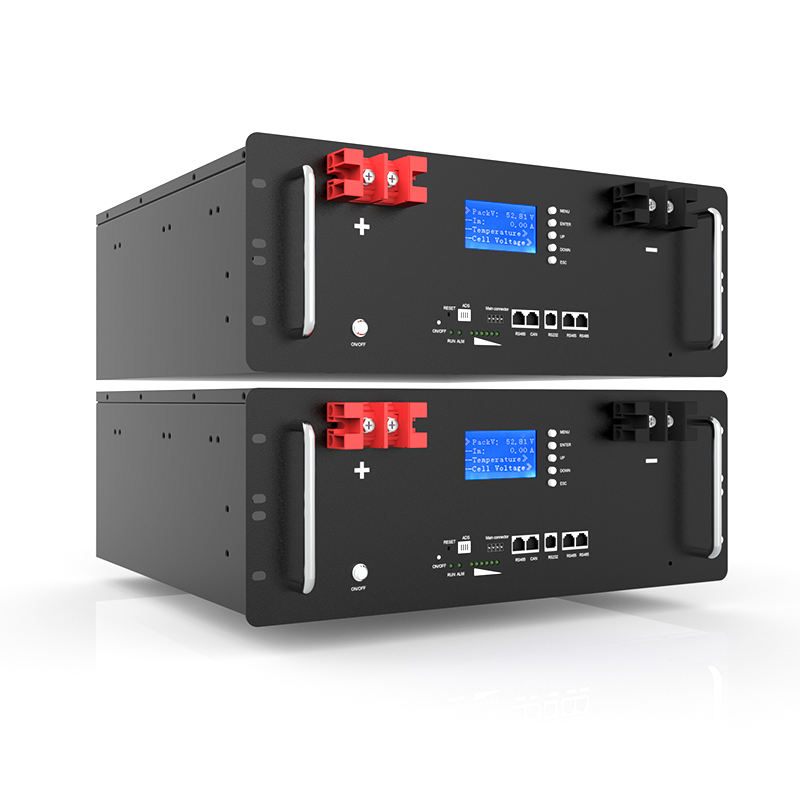Understanding Cylindrical Lithium Batteries: Structure, Types, and Market Development
If you want to know about cylindrical lithium batteries, this article is enough!
1. What is a cylindrical lithium battery?
1.1 Definition of cylindrical battery
Cylindrical lithium batteries are divided into different systems of lithium iron phosphate, lithium cobalt oxide, lithium manganese oxide, cobalt manganese mixture, and ternary materials. The outer shell is divided into steel shell and polymer. Batteries of different material systems have different advantages. At present, the cylinder is mainly steel shell cylindrical lithium iron phosphate battery. This battery has high capacity, high output voltage, good charge and discharge cycle performance, stable output voltage, large current discharge, stable electrochemical performance, safe use, wide operating temperature range, and environmentally friendly. It is widely used in solar lamps, lawn lamps, backup energy, power tools, and toy models.
1.2 Cylindrical battery structure
The structure of a typical cylindrical battery includes: outer shell, cap, positive electrode, negative electrode, diaphragm, electrolyte, PTC element, gasket, safety valve, etc. Generally, the battery shell is the negative electrode of the battery, the cap is the positive electrode of the battery, and the battery shell is made of nickel-plated steel plate.
1.3 Advantages of cylindrical lithium batteries
Compared with soft-pack and square lithium batteries, cylindrical lithium batteries have the longest development time, high standardization, mature technology, high yield rate and low cost.
Mature production technology, low PACK cost, high battery product yield rate, good heat dissipation performance.
Cylindrical batterieshave formed a series of internationally unified standard specifications and models, mature technology, suitable for large-scale continuous production.
The cylinder has a large specific surface areaand good heat dissipation effect.
Cylindrical batteriesare generally sealed batteries, and there is no maintenance problem during use.
The battery shell has high pressure resistance, and there will be no expansion of squareand soft-pack batteries during use.
1.4 Positive electrode materials for cylindrical batteries
At present, the mainstream commercial positive electrode materials for cylindrical batteries are mainly lithium cobalt oxide (LiCoO2), lithium manganese oxide (LiMn2O4), ternary (NMC), lithium iron phosphate (LiFePO4), etc. Different material system batteries have different characteristics.
1.5 Negative electrode materials for cylindrical batteries
Cylindrical battery negative electrode materials are roughly divided into six categories: carbon negative electrode materials, alloy negative electrode materials, tin-based negative electrode materials, lithium-containing transition metal nitride negative electrode materials, nano-scale materials, and nano-negative electrode materials.
Carbon nano-scale negative electrode materials: The negative electrode materials currently used in lithium-ion batteries are basically carbon materials, such as artificial graphite, natural graphite, mesophase carbon microspheres, petroleum coke, carbon fiber, pyrolytic resin carbon, etc.
Alloy negative electrode materials: including tin-based alloys, silicon-based alloys, germanium-based alloys, aluminum-based alloys, antimony-based alloys, magnesium-based alloysand other alloys, and there are currently no commercial products.
Tin-based negative electrode materials: Tin-based negative electrode materialscan be divided into tin oxides and tin-based composite oxides. Oxides refer to oxides of various valence states of metal tin. There are currently no commercial products.
Lithium-containing transition metal nitride negative electrode materials, there are currently no commercial products.
Nanoscale materials: nanocarbon tubes, nanoalloy materials.
Nano negative electrode materials: nanooxide materials.
2. Types of cylindrical lithium-ion batteries
Cylindrical lithium-ion batteries are usually represented by five digits. From the left, the first and second digits refer to the battery diameter, the third and fourth digits refer to the battery height, and the fifth digit indicates a round shape. There are many models of cylindrical lithium batteries, the more common ones are 10400, 14500, 16340, 18650, 21700, 26650, 32650, etc.
10440 battery: 10440 batteryis a lithium battery with a diameter of 10mm and a height of 44mm, which is the same size as what we often call " 7 battery." The capacity of this battery is generally very small, only a few hundred mAh, and is mainly used in mini electronic products. For example, flashlights, mini speakers, loudspeakers, etc.
14500 battery: 14500 batteryis a lithium battery with a diameter of 14mm and a height of 50mm. This battery is generally 7V or 3.2V, with a relatively small nominal capacity, slightly larger than the 10440 battery, generally 1600mAh, with excellent discharge performance. The main application field is consumer electronics, such as wireless speakers, electric toys, digital cameras, etc.
16340 battery: 16340 batteryis a lithium battery with a diameter of 16mm and a height of 34mm. Because this battery is shorter in height and has a relatively small capacity, it often appears in high-intensity flashlights, LED flashlights, headlights, laser lights, lighting fixtures, etc.
18650 battery: 18650 batteryis a lithium battery with a diameter of 18mm and a height of 65mm. Its biggest feature is that it has a very high energy density, almost reaching 170 watt-hours/kilogram. Therefore, this battery is a cost-effective battery. Most of the batteries we often see are of this type because it is a relatively mature lithium battery with good system quality stability in all aspects. It is widely used in battery capacity occasions of about 10 kWh, such as in mobile phones, laptops and other small appliances.

21700 battery: 21700 batteryis a lithium battery with a diameter of 21mm and a height of 70mm. Because of its increased volume and increased space utilization, the energy density of the battery cell and the system can be improved. Its volume energy density is much higher than that of 18650 batteries. It is widely used in digital, electric vehicles, balance cars, solar energy lithium battery street lights, LED lights, power tools, etc.

26650 battery: 26650 batteryis a lithium battery with a diameter of 26mm and a height of 65mm, a nominal voltage of 2V and a nominal capacity of 3200mAh. This battery has excellent capacity and high consistency, and has gradually become a trend to replace 18650 batteries. Many products in the field of power batteries will also gradually favor this.
32650 battery: 32650 batteryis a lithium battery with a diameter of 32mm and a height of 65mm. This battery has a strong continuous discharge capacity, so it is more suitable for electric toys, backup power supplies, UPS batteries, wind power generation systems, and wind-solar complementary power generation systems.

3. Cylindrical lithium battery market development
The technological progress of cylindrical lithium-ion batteries mainly comes from the innovative research and application progress of key battery materials. The development of new materials can further improve battery performance, improve quality, reduce costs, and improve safety. In order to meet the requirements of downstream applications for battery specific energy improvement, on the one hand, high specific capacity materials are adopted, and on the other hand, high voltage materials can be adopted by increasing the charging voltage.
Cylindrical lithium-ion batteries have developed from 14500 to Tesla 21700 batteries. In the near and medium-term development, while optimizing the existing system lithium-ion power battery technology to meet the needs of large-scale development of new energy vehicles, we will focus on developing new lithium-ion power batteries, improve their key technologies such as safety, consistency and life, and simultaneously carry out forward-looking research and development of new system power batteries.
For the medium and long-term development of cylindrical lithium-ion batteries, while continuously optimizing and improving new lithium-ion power batteries, we also need to research and develop solid-state batteries and sodium-ion batteries with better performance to meet the higher requirements for battery safety, energy density, capacity, temperature range, and cycle performance brought by electric vehicles, consumer electronics, energy storage and industrial applications. Solid-state batteries can fundamentally solve the safety problems of lithium-ion batteries, and are expected to achieve better performance than existing lithium-ion batteries.










